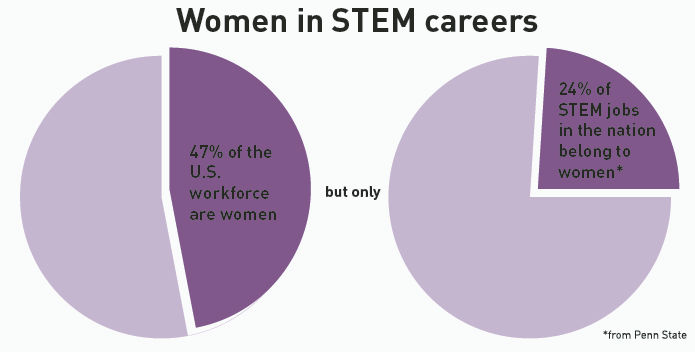Shiralkar: Lessons from the Force
September 27, 2020
One of the most vivid memories I have of witnessing a clear battle between good and evil is from watching “Kung Fu Panda” (2008). In the sequels to the film, the creators dived into the symbolism between yin and yang, and everything in between, which is basically life itself. I found myself fascinated by this strange symbol: a circle with two halves, one dark and one light, but with a small portion of the other side inside each half. Suddenly, it had occurred to me that yin and yang may not be just opposites; they’re complementary.
There are many memes (some of them are funny) with the caption “the duality of man” and images that depict two things that may have absolutely nothing to do with each other. But they still coexist, perhaps not in harmony but in the peculiar way that things simply do. The yin/yang symbol finds its origins in Taoism, a belief from China. The yin is the dark side, with the seed of light within it. The yang is the lighter swirl, but it’s got the little dark dot inside it. Yin and yang can never really be separated, and the nerd term for this is dialectical monism.
George Lucas did it slightly better in the Star Wars saga. Darth Vader (whom I am not named after), although portrayed as a harbinger of evil, has the seed of virtue inside him all along; Kylo Ren follows in a similar vein. Luke Skywalker, the patron saint of the good side, continually harbors the potential to turn evil and take after his father.
As such, yin and yang are relative to each other. They’re not detached from each other, instead contributing in their own ways to the big picture, the universal whole. Regardless of whether or not you place qualitative merit on the movies, they do a pretty good job of blurring the line between good and evil.
Taoists hold the belief that context matters in everything. Literally all things are related to each other, and every little occurrence is a cog in the machine that makes everything exist. Picturesque villages on the sunny slopes of China have names like Shiyang, while similarly picturesque villages in the shade along the rivers have names like Jiangyin. The Taoists observed that humans interact with the universe in order to try and change it — this, by default, is counterproductive. Our rules, ethics and values must be scrapped in order to find true peace.
There is a deeper, truer force in the universe, which Taoists call “the Tao.” While most organized religions see a clear dichotomy between good and evil — the good is the ultimate good and the evil is the ultimate evil — Taoism has a more impersonal higher power. This nameless, faceless entity heavily inspired the Force in the Star Wars universe. Listen more, it says. Argue less. Seek joy in doing the little things you enjoy doing, and you shall find peace.
Corny as it sounds, it just is what it is; just go with the flow, observe things as they happen while not actively trying to alter them. Right now, in the middle of my biweekly social media break, I cannot help but agree more. A symbol that I used to find cool just for the heck of it — it’s very cool, just look at it — has taught me more about the ways of life than perhaps some of the more intense chapters in mainstream religious texts. Live simply, stay hydrated and wear your mask.

















